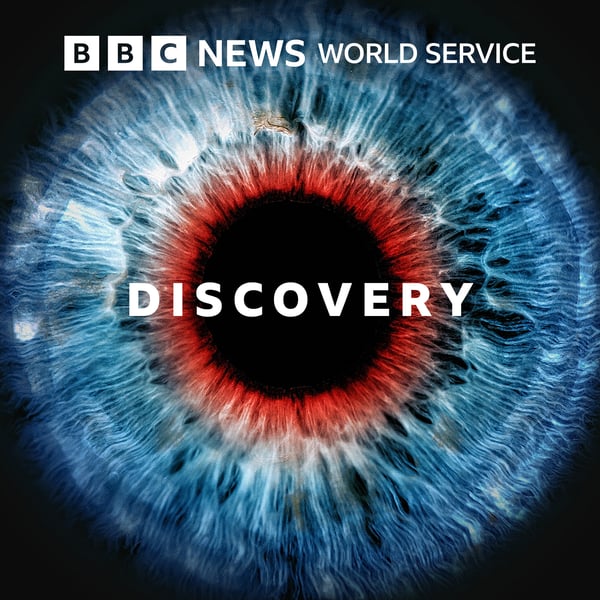Summary
Transcript
Click on a timestamp to play from that location
| 0:00.0 | Before you listen to this BBC podcast I'd like to introduce myself. |
| 0:03.4 | My name's Stevie Middleton and I'm a BBC commissioner for a load of sport |
| 0:07.4 | podcasts. I'm lucky to do that at the BBC because I get to work with |
| 0:10.7 | leading journalists, experienced pundits and the biggest |
| 0:13.2 | sports stars. Together we bring you untold stories and fascinating insights |
| 0:17.5 | straight from the player's mouths. But the best thing about doing this at the BBC is our unique access to the sporting world. |
| 0:24.4 | What that means is that we can bring you podcasts that create a real connection |
| 0:28.7 | to dedicated sports fans across the UK. |
| 0:31.1 | So if you like this podcast, head over to BBC Sounds where you'll find plenty more. |
| 0:35.6 | Hello, I'm Claudia Hammond. Welcome to Discovery from the BBC. In this the last of the series of |
| 0:41.2 | anatomy of touch, we are looking to the future and to some |
| 0:44.5 | rather different ways of thinking about touch with a dancer called Lisa. |
| 0:50.3 | I've been dancing since I was six years old and I'm in my 40s now. I've trained in many |
| 0:59.5 | different styles and disciplines of dance introduced to improvisation practices in dance. |
| 1:06.9 | But in these practices there there's a need to tune into the body and tune into other bodies and also to the environment through what I would call a felt sensing, sort of through attending to how the body and the space and the other bodies within that space feel. |
| 1:28.0 | And these tuning processes can often take place with the eyes closed and so you're taking away |
| 1:36.3 | dominant visual information bringing in non-visual senses into the |
| 1:41.9 | foreground and after many years of doing these practices I think |
| 1:46.6 | I've been able to begin to kind of sense more I would sayesthetically, I can move in response to sensations of touch, |
| 1:57.0 | not just physical touch, but the sense of touch beyond the body. |
| 2:01.0 | So for instance, if I'm stood facing you and you move towards me or away from me I can feel that. |
| 2:06.4 | The air between us isn't empty. If you move around me I can move in response to the way in which that feels rather than in the way in which I see it. |
... |
Please login to see the full transcript.
Disclaimer: The podcast and artwork embedded on this page are from BBC, and are the property of its owner and not affiliated with or endorsed by Tapesearch.
Generated transcripts are the property of BBC and are distributed freely under the Fair Use doctrine. Transcripts generated by Tapesearch are not guaranteed to be accurate.
Copyright © Tapesearch 2025.

